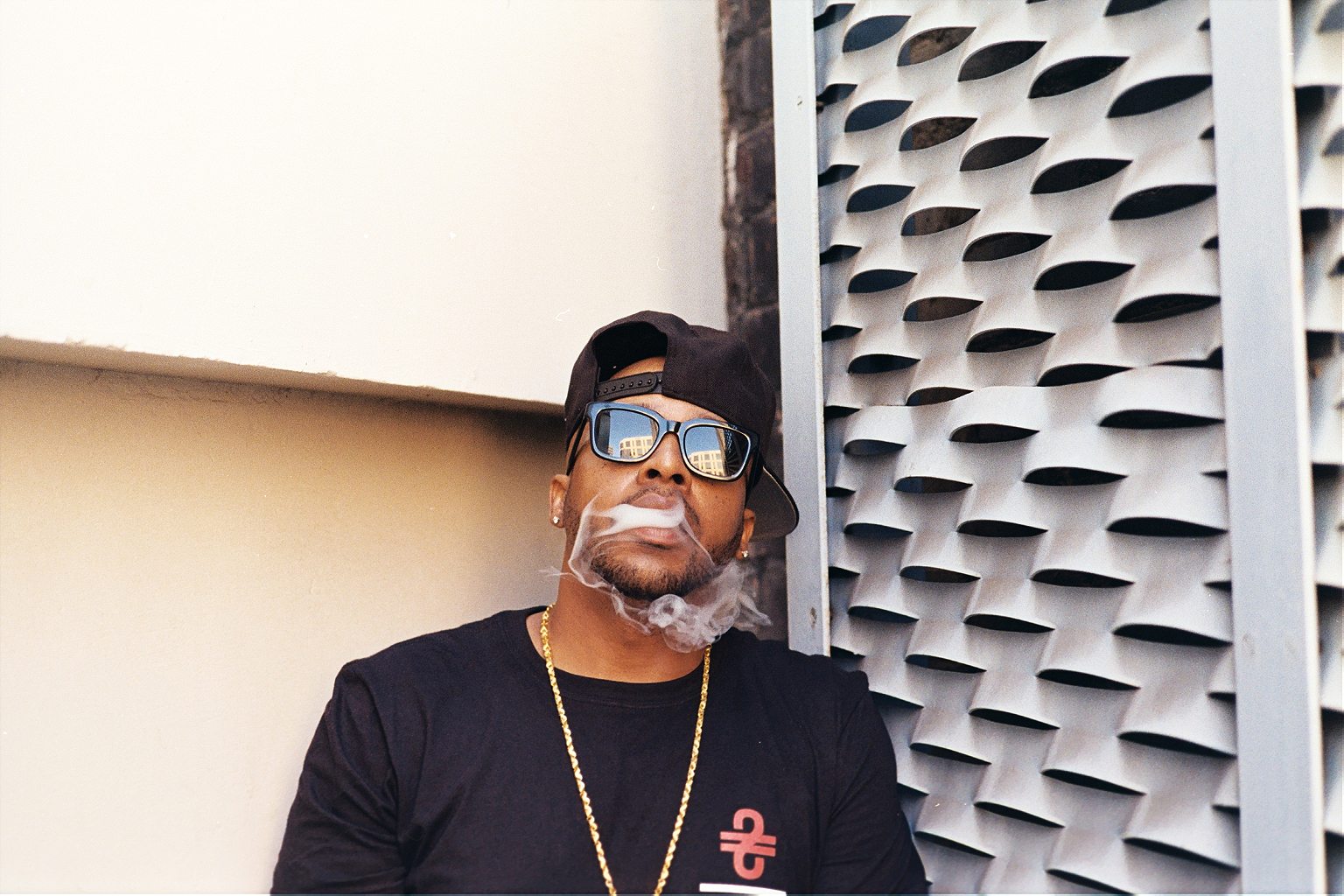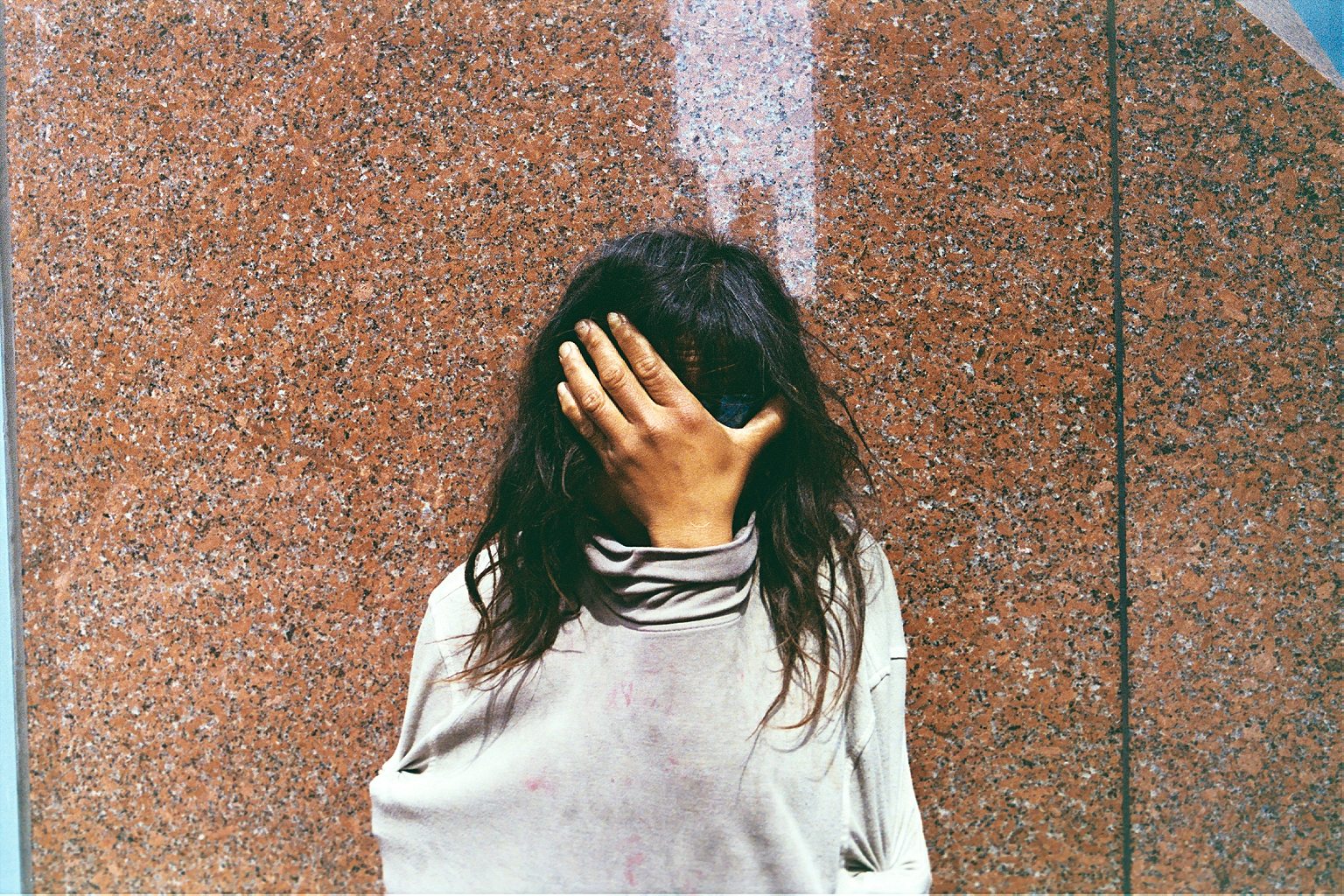Photographer Abdullah Shakur talks seizing moments in life and on the street.
When graphic designer Abdullah Shakur’s mother passed away, he decided to confront his fears and dive headfirst into his passion: street photography. Although he was initially intimidated by the idea of interacting with strangers, the LA-born former designer has since become one of San Francisco’s boldest up-and-coming street photographers. Each one of his pictures is the snapshot of the interaction between photographer and subject, or of a moment in a larger story.
Roads & Kingdoms’ Irene Jiang spoke with Shakur on the phone about his artistic journey and creating street photography.
Irene Jiang: What brought you to San Francisco?
Abdullah Shakur: I’m originally from Los Angeles, born and raised. Before I started taking photos seriously, I was a designer. My background is in graphic design, so when I moved to San Francisco, I started designing mobile apps and getting into the tech scene. I picked up photography while living here, but I’d been taking photos casually since I was in art school.
Jiang: Why did you decide to start taking photos?
Shakur: My mother had passed away. She’d battled cancer for about two years, and my father had passed away about seven or eight years prior to that. I was at this point in my life where both of my parents were deceased, so I started to really question a lot of things. And ever since art school, I had wanted to shoot on the street but I was afraid to get in front of people and deal with the response. I didn’t have the mental know-how to diffuse the situation. When my mother passed away, I had this feeling of what is there to be afraid of anymore?
This is going to sound cheesy, but there’s this movie, Last Holiday, with Queen Latifah. She goes to the doctor and the doctor gives her the news that she only has six months to live. She always had these things she wanted to do, these places she wanted to go, but she never did them. She always said, “I’ll get there someday.” But when her doctor tells her she’s going to die, she’s like, “Fuck it. You know what? I’m going to do these things.” It changes how she sees her life and creates this whole other reality for her. In the end, she finds out that she’s going to live, but since she made that decision to just go for it, she changed everything in her life. So for me, that was what happened with photography. I had gotten to this point where my parents had passed away and I decided, you know what? I’m going to dive into this.

Jiang: How do you choose your subjects?
Shakur: There is no method to it. It’s really an energy thing. It’s the environment, the background, the colors, and what they’re doing. There are definitely people I photograph who, on the street, seem more interesting than the photograph conveys. There are definitely misses, but people only see the successes. They don’t see the missed shots—and there are a lot of missed shots. That’s how you get to the good work: take a lot of bad photos.
Jiang: How do you approach people on the street?
Shakur: Sometimes I don’t want my presence to be felt in the photograph, but there are other times I feel like it makes the photograph.
You get two types of people, you get the, “did you just take my photo?” Sometimes, those are the worst people. And how intense that “did you just take my photo,” comes across tells me whether or not the photo sucks. Not every photographer is the same. I have some friends who’ve gotten into confrontations and what they got in return has been amazing. If I were them, I would love confrontation. Every time I’ve taken a photo of someone and they’ve gotten really upset, the photo sucks 99.9% of the time.
Then I get people that I’ve captured so quickly they don’t even realize. They don’t even really see me or they think I’m trying to photograph behind them. They’ll kind of move to the side, like, “oh sorry, I didn’t mean to be the way.” There have been times where I’ve asked the person for permission and typically if they say yes. I’ll try to take two to three frames and make it very quick, very simple and say thank you and go on about my day. I always tell them, feel free to say no.


Jiang: Are there any specific locations or neighborhoods in San Francisco that you like to photograph in, or do you like to be surprised and go to new places?
Shakur: I like to be surprised. The first time I was bitten by the photography bug was when I was in Tokyo. I was visiting Japan for the first time and I had bought this camera and I just photographed everything. I’ve always thought of any place I’m at as the subject. It doesn’t have to be New York, it doesn’t have to be San Francisco. It could be New Mexico, it could be an island. There are photographs everywhere. You just gotta look for them. But my favorite places to shoot in San Francisco are Chinatown and Union Square. I like Powell Street a lot. There’s the Ross Corner [in Chinatown.] Certain times of the year, light can just hit that corner in a way where it’s a photographer’s dream.
Jiang: Is there a specific message or emotion that you want to convey with your photographs?
Shakur: I think there’s an emotion I’m trying to convey, but it’s not a singular emotion that’s a common thread throughout all of my photographs. Sometimes I’m trying to be funny, sometimes I’m trying to show what I think is beautiful. I think my photos are a reflection of how I’m feeling. Artists in general—what they create and what they output says a lot about who they are.

Jiang: There are so many photos on your Instagram that feel like there’s an entire story behind them.
Shakur: Every photo has a story, and the photograph that you see is the middle part. The beginning is when you’ve seen it, the middle part is you’ve taken it and then the end is what happens afterward. My photographer friends and I talk a lot about how photographs are not a literal representation of what actually takes place. Where I choose to stand, how close, how far, how the person is responding to me—those things create the photograph.
Jiang: You post a lot of photos on Instagram. Would you like to do something else with your photographs?
Shakur: I don’t want them to live and die on Instagram. I really want to do more shows. I want people to see the photograph in person and look at it on a wall. Instagram is quick. It’s visual fast food. If a person posts an intelligent photo—like a street photo that you really have to look at to see the scene unfold—there’s no instant gratification. I want my stuff to be on a wall one day, to inspire someone else to pick up a camera, go outside, and make do with what’s on the street.
This interview has been edited and condensed.






